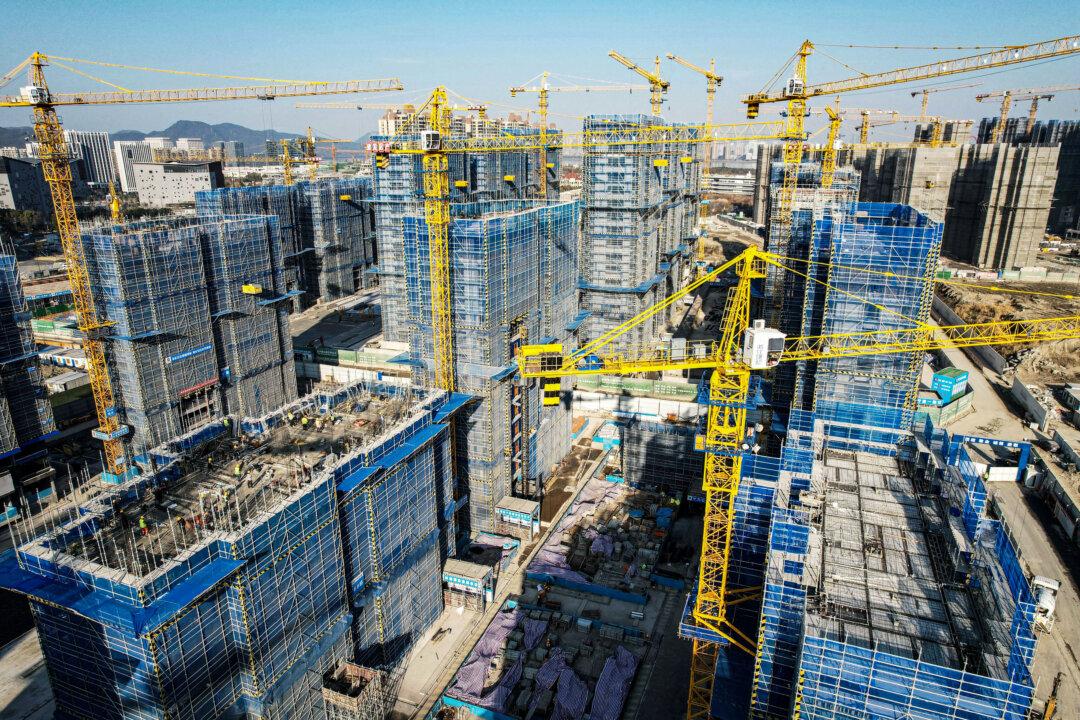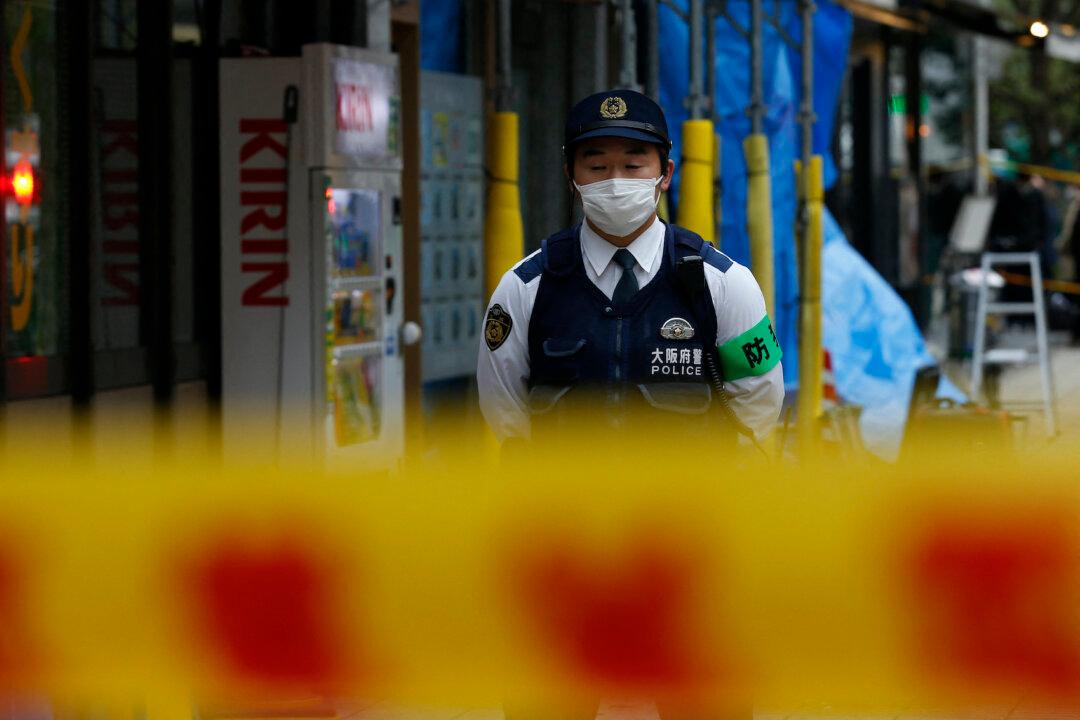Since the outbreak of COVID-19 three years ago, Beijing has ordered the construction of countless makeshift hospitals nationwide, some costing as much as 10,000 yuan (about $1,500) per square meter. Those facilities were primarily used to quarantine mild to asymptomatic COVID-positive patients.
However, when Beijing abruptly ended its Zero-COVID policy last December, makeshift hospitals nationwide were abandoned, and many in construction were left unfinished. The regime spent large sums of money on these projects amid nearly three years of draconian COVID-19 restrictions.





